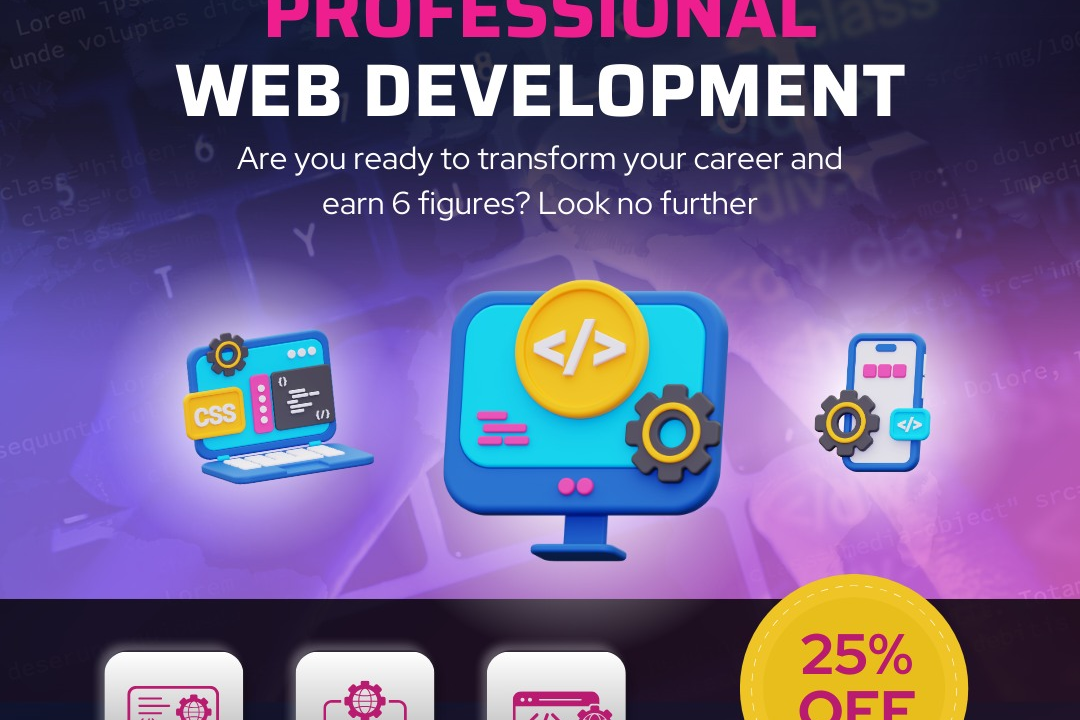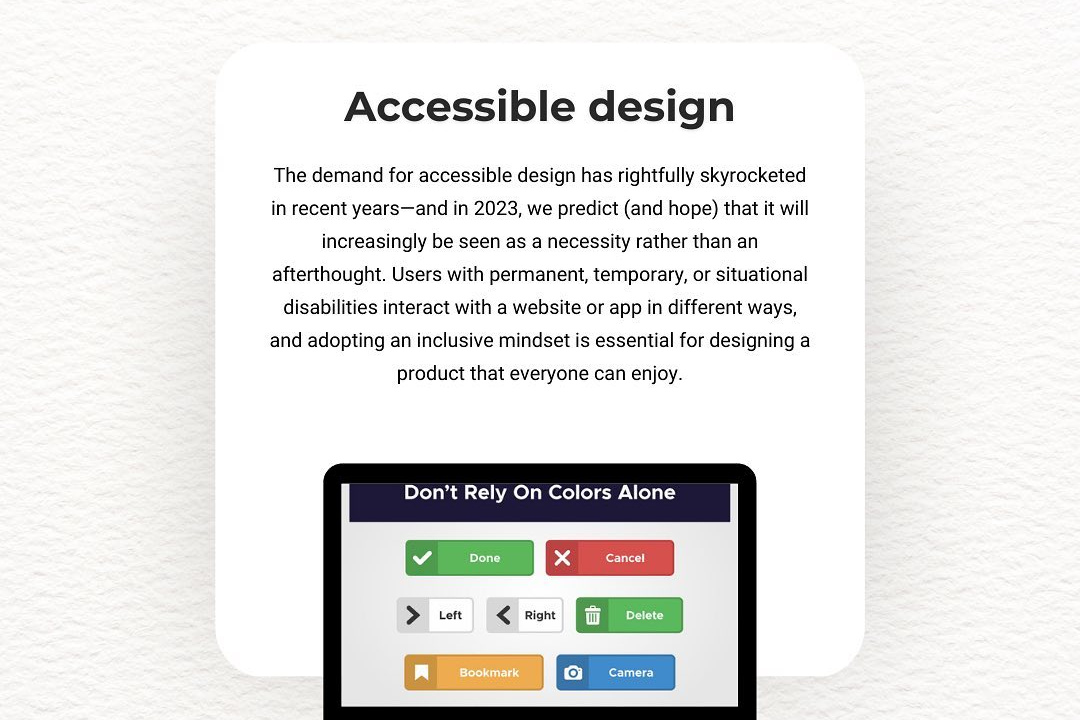Diamond Pattern Program In Php
A diamond pattern program in PHP is a coding exercise that involves generating a visual representati
Diamond Pattern Program In Php
The diamond pattern program in PHP is a valuable exercise for aspiring programmers as it reinforces key programming concepts such as nested loops, conditional statements, and string manipulation. By constructing a visually symmetric shape, learners gain practical experience in controlling output formatting and refining their logical thinking. This type of problem-solving activity not only enhances coding skills but also prepares individuals for technical interviews and real-world programming challenges, making it an essential part of any coding curriculum.
To Download Our Brochure: https://www.justacademy.co/download-brochure-for-free
Message us for more information: +91 9987184296
The diamond pattern program in PHP is a valuable exercise for aspiring programmers as it reinforces key programming concepts such as nested loops, conditional statements, and string manipulation. By constructing a visually symmetric shape, learners gain practical experience in controlling output formatting and refining their logical thinking. This type of problem solving activity not only enhances coding skills but also prepares individuals for technical interviews and real world programming challenges, making it an essential part of any coding curriculum.
Course Overview
The “Diamond Pattern Program in PHP” course offers an in-depth exploration of creating intricate diamond shapes using PHP, focusing on the use of nested loops, conditionals, and string manipulations. Participants will learn to effectively manage output formatting while developing their logical reasoning and problem-solving skills. Through hands-on projects, learners will gain practical experience and confidence in coding, preparing them for real-world challenges and enhancing their programming expertise. Whether you're a novice looking to strengthen your foundation or an experienced coder aiming to refine your skills, this course is designed to elevate your understanding of PHP in a creative and engaging way.
Course Description
The “Diamond Pattern Program in PHP” course provides a comprehensive guide to mastering the creation of intricate diamond shapes using PHP programming. Participants will delve into the fundamentals of nested loops, conditionals, and string handling to effectively generate and display diamond patterns. Through a series of hands-on projects, learners will enhance their coding skills and logical thinking, enabling them to tackle real-world programming challenges with confidence. This course is ideal for both beginners seeking to build a solid foundation in PHP and experienced developers looking to refine their skills in a creative and practical manner.
Key Features
1 - Comprehensive Tool Coverage: Provides hands-on training with a range of industry-standard testing tools, including Selenium, JIRA, LoadRunner, and TestRail.
2) Practical Exercises: Features real-world exercises and case studies to apply tools in various testing scenarios.
3) Interactive Learning: Includes interactive sessions with industry experts for personalized feedback and guidance.
4) Detailed Tutorials: Offers extensive tutorials and documentation on tool functionalities and best practices.
5) Advanced Techniques: Covers both fundamental and advanced techniques for using testing tools effectively.
6) Data Visualization: Integrates tools for visualizing test metrics and results, enhancing data interpretation and decision-making.
7) Tool Integration: Teaches how to integrate testing tools into the software development lifecycle for streamlined workflows.
8) Project-Based Learning: Focuses on project-based learning to build practical skills and create a portfolio of completed tasks.
9) Career Support: Provides resources and support for applying learned skills to real-world job scenarios, including resume building and interview preparation.
10) Up-to-Date Content: Ensures that course materials reflect the latest industry standards and tool updates.
Benefits of taking our course
Functional Tools
1 - PHP Development Environment
The first essential tool for the diamond pattern program in PHP is a robust PHP development environment. Students are encouraged to use platforms such as XAMPP or MAMP, which create a local server environment for testing PHP scripts. These tools come with Apache server and MySQL database, allowing learners to run their PHP code seamlessly on their local machines. Using a local server helps students understand how web applications function in a real world scenario, enhancing their programming skills by providing hands on experience with server configurations and database interactions as needed.
2) Code Editors
A vital tool for writing PHP code is a text or code editor. Popular options like Visual Studio Code, Sublime Text, and PHPStorm are known for their user friendly interfaces and powerful features. These editors come equipped with syntax highlighting, code completion, and debugging features that make writing and troubleshooting code more efficient. The integrated development environment (IDE) often includes extensions and plugins tailored for PHP programming, enabling students to customize their workspace for maximum productivity. A good code editor can significantly enhance the coding experience, making it easier for learners to focus on logic and creativity.
3) Web Browser
To view the output of their PHP scripts, students need a web browser. Browsers like Google Chrome, Mozilla Firefox, or Microsoft Edge allow learners to test and visualize their code in real time. Integrated developer tools within these browsers, such as the console and inspector, provide students with additional functionalities for debugging and optimizing their code. By using the browser to view the diamond pattern output, students can directly correlate their coding efforts with visual outcomes, reinforcing their understanding of how PHP interacts with HTML and CSS.
4) Version Control System
Using a version control system like Git is essential in modern programming practices. Students should familiarize themselves with GitHub or Bitbucket for collaborative coding and project management. Version control helps track changes, manage different code versions, and improve project collaboration, an invaluable skill for any developer. As students work on the diamond pattern project, they learn to commit code changes, create branches for experimentation, and resolve merge conflicts, which are critical skills in real world software development and team collaboration.
5) Debugging Tools
Debugging tools integrated into IDEs or standalone applications can significantly help students troubleshoot their PHP code. Tools such as Xdebug or FirePHP allow learners to set breakpoints, step through code, and inspect variables at runtime. These functionalities help identify logical errors, enabling students to understand their code's flow better. Through the process of debugging, learners not only enhance their problem solving skills but also gain confidence in their ability to troubleshoot issues independently, a trait that is crucial for aspiring programmers.
6) Documentation and Online Resources
Access to documentation and online resources is another crucial aspect of the course. Websites like PHP.net provide comprehensive documentation on PHP functions and features, serving as a reference throughout the learning journey. Online forums such as Stack Overflow and community driven sites offer a wealth of information where students can ask questions and share insights with experienced developers. This access to collective knowledge encourages continuous learning and problem solving, as students can seek help and learn best practices from seasoned programmers while working on projects like the diamond pattern program.
7) Project Management Tools
Effective project management tools like Trello, Asana, or Jira can help students organize their tasks while developing their diamond pattern program. These platforms allow learners to create to do lists, track progress, and manage deadlines efficiently. Incorporating project management tools into their workflow fosters a sense of discipline and helps improve time management skills. By breaking down the project into manageable chunks, students can focus on one task at a time, which leads to a more structured approach to programming and project execution.
8) Database Management Tools
Understanding how to manage databases is crucial when working on web applications. Tools such as phpMyAdmin or MySQL Workbench enable students to interact with databases easily. Through these tools, learners can create, read, update, and delete (CRUD) database entries, which is fundamental in understanding how backend processes work. These skills become particularly valuable as students begin to integrate database functionalities into their PHP projects, allowing for dynamic content generation and data manipulation.
9) Data Visualization Libraries
For projects that require data visualization or compelling output formats, students can leverage data visualization libraries like Chart.js or D3.js. Although primarily JavaScript libraries, they can be integrated with PHP to enhance user interface experiences by representing data through charts or graphs. This not only makes the diamond pattern project visually appealing but also introduces students to the critical concept of UI/UX design, emphasizing how a well designed interface can impact user interaction with applications.
10) Testing Frameworks
Familiarity with testing frameworks, such as PHPUnit, allows students to write unit tests and ensure the quality of their code. Incorporating testing into the development process helps learners identify bugs early and maintain the reliability of their programs. By writing tests for the diamond pattern project, students can gain valuable insights into best practices for software development, including test driven development (TDD). Learning to write test cases reinforces their understanding of coding logic and instills a sense of accountability for delivering high quality work.
11 - Code Collaboration Platforms
Utilizing code collaboration platforms such as GitHub or GitLab facilitates code sharing and peer reviews among students. These platforms provide features for pull requests, code comments, and issue tracking, which simulates a professional software development environment. Through collaboration, students can learn from each other's coding styles, enhance their code quality through feedback, and develop communication and teamwork skills that are essential in the tech industry.
12) Community and Networking Resources
Engaging with the programming community through platforms like Meetup, Reddit, or online coding bootcamps can significantly enhance the learning experience. Students should participate in discussions, attend webinars, or join study groups focused on PHP programming. Networking with peers and professionals allows learners to share knowledge, collaborate on projects, and stay updated with the latest industry trends, tools, and practices, fostering a culture of continuous improvement and collaboration in their learning journey.
13) Interactive Tutorials and Online Courses
Platforms like Udemy, Coursera, or Codecademy offer interactive tutorials that can support the PHP learning process. These resources often include video lectures, quizzes, and hands on exercises that allow students to practice coding in real time. By supplementing their learning with these online courses, students can gain exposure to different teaching methodologies and perspectives on solving problems, thereby deepening their understanding of PHP programming concepts.
14) Code Snippet Repositories
Access to code snippet repositories like GitHub Gists or Snippet Manager apps can be invaluable for students. These platforms enable learners to save, share, and revisit useful code snippets they encounter during their programming journey. By creating a personal library of helpful code examples, students can quickly refer back to proven solutions and apply them in their projects, ultimately enhancing their productivity and coding efficiency.
15) Virtual Development Environments
Utilizing virtual development environments (VDEs) like Docker or Vagrant can be a game changer for students. These tools allow learners to create isolated environments for their PHP applications, ensuring consistency across different machines. With VDEs, students can experiment without the fear of affecting their local development setups, providing a safe space to explore various configurations and dependencies, thereby enhancing their learning and experimentation capabilities.
Browse our course links : https://www.justacademy.co/all-courses
To Join our FREE DEMO Session:
This information is sourced from JustAcademy
Contact Info:
Roshan Chaturvedi
Message us on Whatsapp: +91 9987184296
Email id: info@justacademy.co












